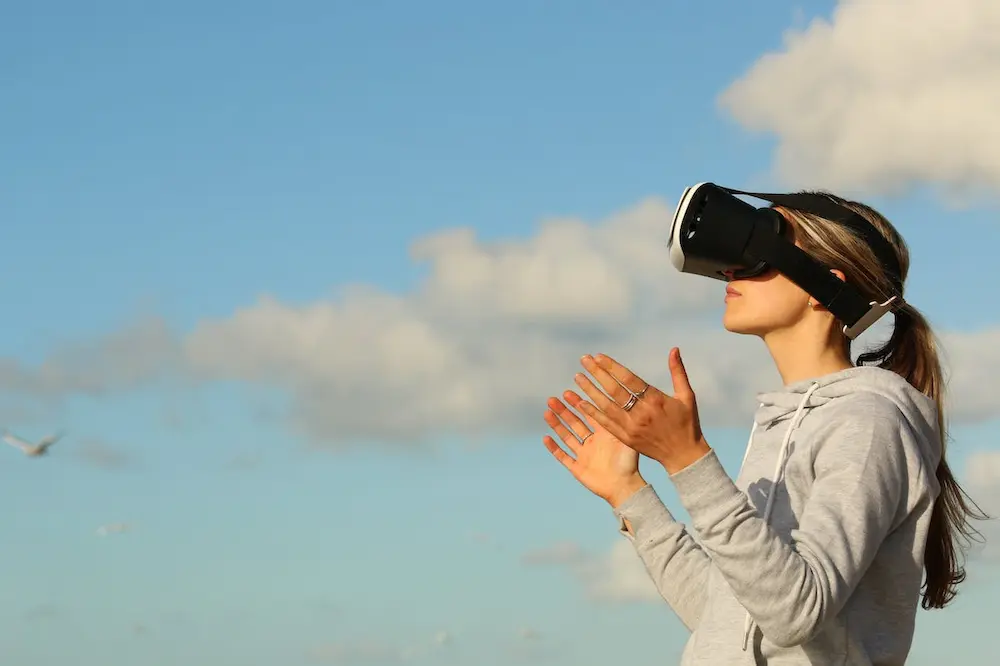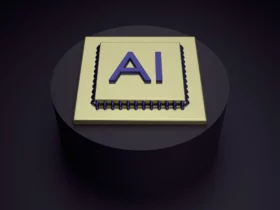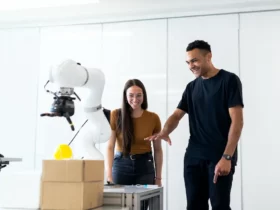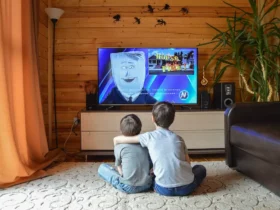Virtual reality (VR) has been a growing phenomenon since its introduction to the technological world. With its ability to create immersive environments that simulate real-life scenarios, it should come as no surprise that many different industries are finding ways to capitalize on this technology’s potential.
But while we know of various uses for virtual reality ranging from gaming and entertainment to educational and training purposes, there is still so much unexplored territory associated with VR’s capabilities. In this blog post, we’ll take a closer look at what we know about how VR is being used now and explore some exciting but largely untapped avenues that could shape the future of virtual reality.
What is Virtual Reality (VR) and what are its uses in today’s world
Virtual reality, or VR, is a simulated experience that can be similar to or completely different from the real world. It’s a technology that has been around for quite some time, but it’s only getting more advanced with the passage of time.
Today, virtual reality has a variety of uses in the world we live in. It’s used to train military personnel, for doctors to simulate surgeries, and even for architects to design buildings. Virtual reality is great for giving people an immersive experience, where they feel like they’re in another world altogether. It’s exciting to think about how much VR technology can advance in the future and how it can be put to even more use.
How has VR been used in the past to improve people’s lives
Even though VR technology has been around for decades, but it’s only in recent years that it has started making a significant impact in enhancing people’s lives. One notable application is in the domain of medical treatment. VR allows patients to be involved in immersive experiences that lower stress levels and provide pain relief. In treating PTSD and anxiety, for instance, VR systems can recreate traumatic events, providing a controlled environment that reduces the impact of symptoms.
In addition, VR technology has also been used to improve the quality of life for people with disabilities. It creates a simulated environment that enables people with physical disabilities to perform tasks they otherwise wouldn’t be able to do. For example, the usage of virtual reality to rehabilitate stroke survivors helps with motor skills, spatial awareness, and cognitive abilities. The potential of VR to improve people’s lives shows no sign of slowing down and is becoming an increasingly critical element of care.
The potential of VR for entertainment and gaming
With its immersive and interactive features, VR has the potential to transport us to entirely new worlds. Not only can we explore these worlds, but we can also interact with them in ways we never thought possible before.
From the adrenaline rush of virtual reality sports to the excitement of being part of a virtual band, the possibilities are endless. VR opens up a whole new realm of entertainment, one that takes us far beyond the confines of our everyday lives. Also, VR porn games are gaining popularity, providing users with a completely immersive and realistic experience. The potential for VR in entertainment and gaming is vast, and its applications are just beginning to be explored.
Exploring different applications of VR
Virtual Reality technology has come a long way since its inception, and it’s no longer just a tool for entertainment and gaming. More and more industries are discovering and harnessing the immense potential of VR as a training and simulation tool. From flight simulations to fire safety training, VR offers a safe, realistic, and immersive experience that can prepare individuals for high-pressure, real-life scenarios.
Additionally, VR applications aren’t just limited to practical training – they can also offer a unique, immersive experience for art and entertainment lovers alike. Imagine walking through a virtual art gallery or exploring an alien planet from the comfort of your own home. It’s clear that VR technology has shattered previous limitations and created an exciting frontier for both practical and creative applications.
Discussing how VR can be used in healthcare, education, business, and more
In the healthcare field, VR technology is being utilized for training and education, allowing medical students to simulate surgeries and procedures. This creates a safe and effective space for students to gain hands-on experience without the high stakes of a real-life situation. In education, VR can be used to create interactive and immersive learning environments, bringing textbooks to life and enhancing student engagement.
Immersive experiences in VR can greatly benefit businesses as well, providing a unique way for employees to train and collaborate remotely. This technology can even assist in mental healthcare, providing patients with a safe and controlled environment to face their anxieties and phobias. The potential applications of VR in various fields are truly exciting and continue to evolve and expand.
What are the risks associated with using virtual reality?
While virtual reality may be thrilling, it’s also important to recognize the risks that come along with this technology. One of the biggest concerns with virtual reality is the effect it can have on our physical bodies. Long periods of virtual reality use can result in eye strain, headaches, and nausea.
Plus, the immersive nature of virtual reality can sometimes cause users to lose track of their surroundings, putting them at risk for physical injuries. Finally, spending too much time in virtual reality can negatively impact our mental health and cognitive abilities. As such, it’s important to recognize the risks associated with virtual reality – and to use it safely.

With all these compelling advantages and potential applications, it’s clear that virtual reality is here to stay. It promises new and exciting ways to interact with content, as well as enabling organizations to create innovative solutions for training simulations, immersive experiences, healthcare services, and much more. As with the adoption of any new technology, however, it’s important to consider the risks associated with using virtual reality and find ways to prevent negative outcomes.
In sum, virtual reality has come a long way in a few short years and looks set to continue evolving rapidly in the coming years. We invite you to join us on this journey by staying abreast of industry news and developments; attending conferences about virtual reality technology; finding a mentor or collaborating with peers who share similar interests; and exploring the potential applications of VR in your own field or passion project. It’s an exciting time for those wanting to get involved in virtual reality development – let’s make the most of it!













